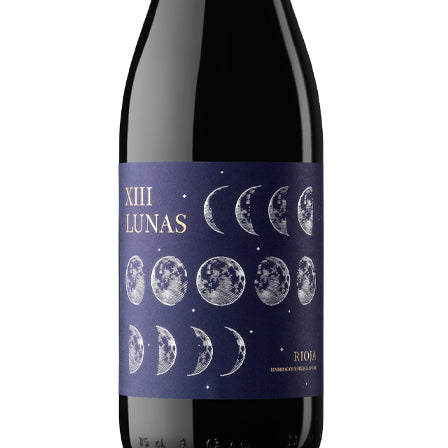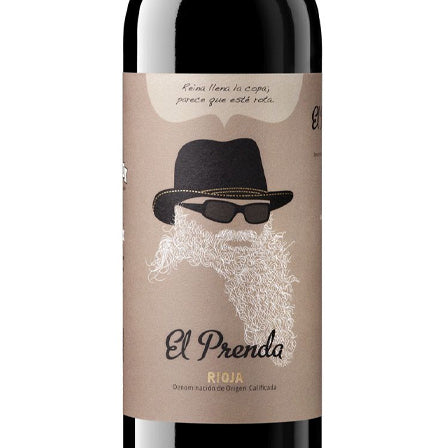marries this moment
Sweet potato skewers glazed with orange, miso and honey
Ingredients for 4 units
Boniato 2
oranges 1
White Miso 5ml
ground cinnamon a pinch
Honey 30ml
soy sauce 5ml
Extra virgin olive oil 15 ml
Shallsa Worcestershire 2 ml
Sherry Vinegar 2 ml
Chive
ground black pepper
Sal
How to Make Honey Miso Orange Glazed Sweet Potato Skewers
Peel the sweet potatoes and cut into slices no thicker than a finger, approximately the same size. That is why it is preferable to choose elongated specimens, which have a regular shape. Place in a microwave-safe container or steamer basket and cook about 4-5 minutes, until they can be pierced with a toothpick but are still firm. Let cool.
Grate some of the washed orange peel into a bowl, and squeeze the juice over it. Add themutasio (substitute a few crushed sesame seeds, as an alternative), cinnamon, honey, miso, soy sauce, olive oil, Worcestershire sauce and vinegar. Beat well to emulsify a little and add the sweet potatoes, mixing so that they are impregnated.
Grease wooden skewers or use metal ones. Thread the sweet potato pieces, draining the marinade and reserving it, making sure they are more or less regular. Heat a grill or griddle over high heat and brush lightly with olive oil. Cook the skewers on both sides until they brown and caramelize, and the sweet potato is ready. Brush from time to time with the marinade liquid. Season before serving with chopped chives.
Wine: Wine drinkers
With this wine, the winery seeks to work with two autochthonous varieties that complement each other perfectly, to achieve a wine with a specific aromatic touch, which will hook us both when smelling it and when tasting it. With the combination of Xarel·lo (85%) and Malvasía de Sitges (15%) they have succeeded. Two native varieties with a spectacular Mediterranean accent. The Xarel lo, the star variety in the Penedès, gives us a wine with a silky and very fresh structure, since it is a variety that also gives us a very good acidity. The other variety, Malvasia de Sitges, from the eastern Mediterranean area in the fourteenth century. During the 18th century it was valued as one of the best varieties for making wine in Catalonia.
Sweet entry in the mouth, marked smoothness and kindness. Complex mid palate, where flower, dryness and freshness reign, due to the presence of Xarel lo, a dominance clearly threatened by the more creamy and tropical notes of Malvasia. A curious and fun balance on the palate that leaves us with a long, dry, persistent and vibrant finish.
Tasting test answers
1| APPEARANCE:
Viscosity:MediaClarity:SparklyWhite:Light yellow
2| AROMAS AND FLAVORS
Intensity:High Aromas:White flower, herbaceous hints and hints of tropical and stone fruit.
3| STRUCTURE
Sweetness:semisweetAcidity:HighTannins:UnderBody:Light


The Winery
Let yourself be surprised by l'Apical, a project that was born in 2012 in Penedès, by Sergi Sevillano, Martí Giralt and Josep Badia. The idea of l'Apical has always been clear: Work with the native varieties of the Penedès; where the influence of the sun and the Mediterranean Sea make it a privileged territory for growing vines. A very interesting project, aligned with the evolution of the new generations of the territory. Combining old vines and younger vines, they make wines full of love, dedication and tradition. What more could you want?
The Winery
Let yourself be surprised by l'Apical, a project that was born in 2012 in Penedès, by Sergi Sevillano, Martí Giralt and Josep Badia. The idea of l'Apical has always been clear: Work with the native varieties of the Penedès; where the influence of the sun and the Mediterranean Sea make it a privileged territory for growing vines. A very interesting project, aligned with the evolution of the new generations of the territory. Combining old vines and younger vines, they make wines full of love, dedication and tradition. What more could you want?

The Wine: Coll de la Sitja
L'Apical makes this wine betting on the Macabeu, a variety widely used for the production of great sparkling wines, and little used in still wines, from old vines, from some old clones.
It is a white wine with a straw yellow color with reflections of fine gold, clean and bright, agile in the glass. Of great aromatic intensity, marked by the balance between varietal aromas of ripe fruit (peach, apricot, apple) and a bouquet of fine wood, represented with timid notes of dried fruit (hazelnuts, almonds) and elegant smoked notes, on a timid background. floral, mineral and aniseed. In the mouth, it has a sweet entry, with a tasty and fruity evolution, under the watchful eye of the wood; good structure and fleshiness due to the work of the lees, boasting both a fresh acidity and smoothness. Long aftertaste, marked by a fine bitterness, pleasant creaminess and a dry finish.
Tasting test answers
1| APPEARANCE:
Viscosity:MediaClarity:SparklyWhite:Yellow
2| AROMAS AND FLAVORS
Intensity:High Aromas:Ripe fruit (peach, apricot, apple) and touch of wood with timid notes of dried and smoked fruit.
3| STRUCTURE
Sweetness:Semi-dryAcidity:MediaTannins:HighBody:round


The Winery
Let yourself be surprised by l'Apical, a project that was born in 2012 in Penedès, by Sergi Sevillano, Martí Giralt and Josep Badia.
The idea of l'Apical has always been clear: Work with the native varieties of the Penedès; where the influence of the sun and the Mediterranean Sea make it a privileged territory for growing vines.
A very interesting project, aligned with the evolution of the new generations of the territory. Combining old vines and younger vines, they make wines full of love, dedication and tradition. What more could you want?
The Winery
Let yourself be surprised by l'Apical, a project that was born in 2012 in Penedès, by Sergi Sevillano, Martí Giralt and Josep Badia. The idea of l'Apical has always been clear: Work with the native varieties of the Penedès; where the influence of the sun and the Mediterranean Sea make it a privileged territory for growing vines. A very interesting project, aligned with the evolution of the new generations of the territory. Combining old vines and younger vines, they make wines full of love, dedication and tradition. What more could you want?






